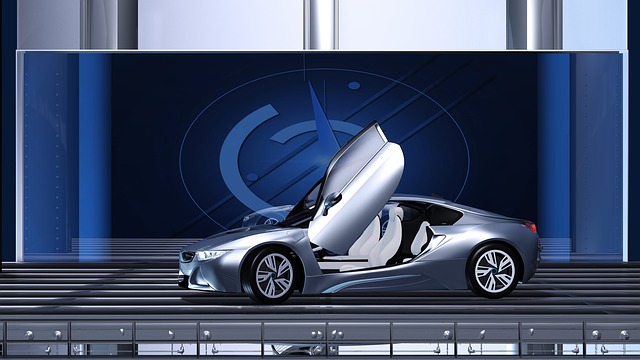How Tech Will Keep Drivers Safe in the Future
Image by Peter Gottschalk from Pixabay
Rapid changes in technology are keeping drivers safer on the road while increasing the features available in them. Drivers are already enjoying the benefits of new technologies that can alert them to dangers, protect them in accidents, and even work in a split-second to prevent them. Learning about these new and upcoming technologies can help you make the right decision if you’re thinking about purchasing a new vehicle to stay safer on the roadways.
Autonomous (And Semi-Autonomous) Driving
Today’s cars come with limited forms of autonomy, such as emergency braking capabilities, assistance with avoiding objects or staying in the correct lane, and obstacle avoidance. In the future, these capabilities can become more sophisticated, perhaps even to the point where vehicles may become entirely self-driving. Cars may have a lower crash rate overall due to the effects of smart vehicles avoiding accidents.
Biometric Access
You can already access your computer or phone via a fingerprint. You can soon be able to do the same with your vehicle, adding another layer of security. This can make it more difficult for vehicles to be stolen and can assist you in an emergency when you need to quickly start (or turn off) your vehicle.
Health Alerts
Sudden medical emergencies can pose a hidden danger on the roads and can cause accidents. Vehicles that can detect cardiac irregularities or other indicators that a person may be experiencing a medical episode may be able to alert other drivers and medical authorities. They could also take autonomous actions to slow down the car safely
Network Alerts
What if other cars on the road could notify you about problems that could be ahead? Network traffic alerts could be on the way as cars participate in an information mesh, passing along updates to one another and alerting drivers (and eventually the vehicle itself). This could reduce the likelihood of a collision from obstacles you wouldn’t have otherwise seen.
Head-Up Displays
Commonly found in fighter jets, head-up displays may soon make their way to your vehicle. They may provide a variety of information, including the following:
- Weather conditions
- The optimal path for you to take
- Obstacle alerts
- Warnings about oncoming traffic
- Guidance for safely driving among other cars
App Control
Want to control your vehicle from the convenience of an app? You can do this now and the capabilities of these apps are only increasing. Right now on some vehicles, you can locate your car through the app and even remotely start it. Car apps also provide important information about your vehicle, such as the charge of an electric battery.
Vehicle-to-Vehicle Communication
Cars that can communicate with one another can make the roadways safer by preventing collisions and alerting drivers to traffic slowdowns and other roadway changes. There’s some debate on exactly how cars should communicate with each other, such as whether they should use newer 5G networks or work over existing cellular ones. However, the changes appear to be on their way once these important questions are answered, as many carmakers are ready to implement these systems in their vehicles.
More technology can make cars safer and more accessible to more drivers, but it also increases the possibility that you may run into trouble from distracted drivers on the road. It’s more important than ever to remain vigilant on the road, especially as more technologies are added to vehicles and drivers remain unfamiliar with them. Should you be in an accident, it’s just as important to act quickly and hire an attorney for a car accident case and to file a claim to obtain compensation for any damages that you may have suffered as a result.

Sarah Douglass has been writing all her life. What started as a passion soon became her life goal. At such a young age, she has already faced and overcame many obstacles. The instinct she developed through her life experience is coupled with an in-depth knowledge of the legal field. Sarah sees writing as a means to connect to others and help them overcome hard times.

